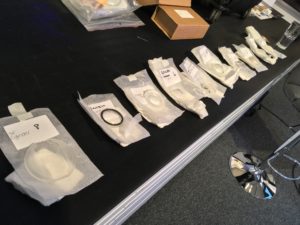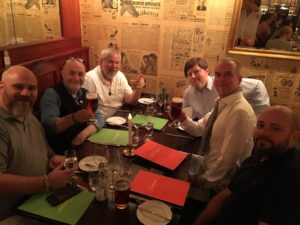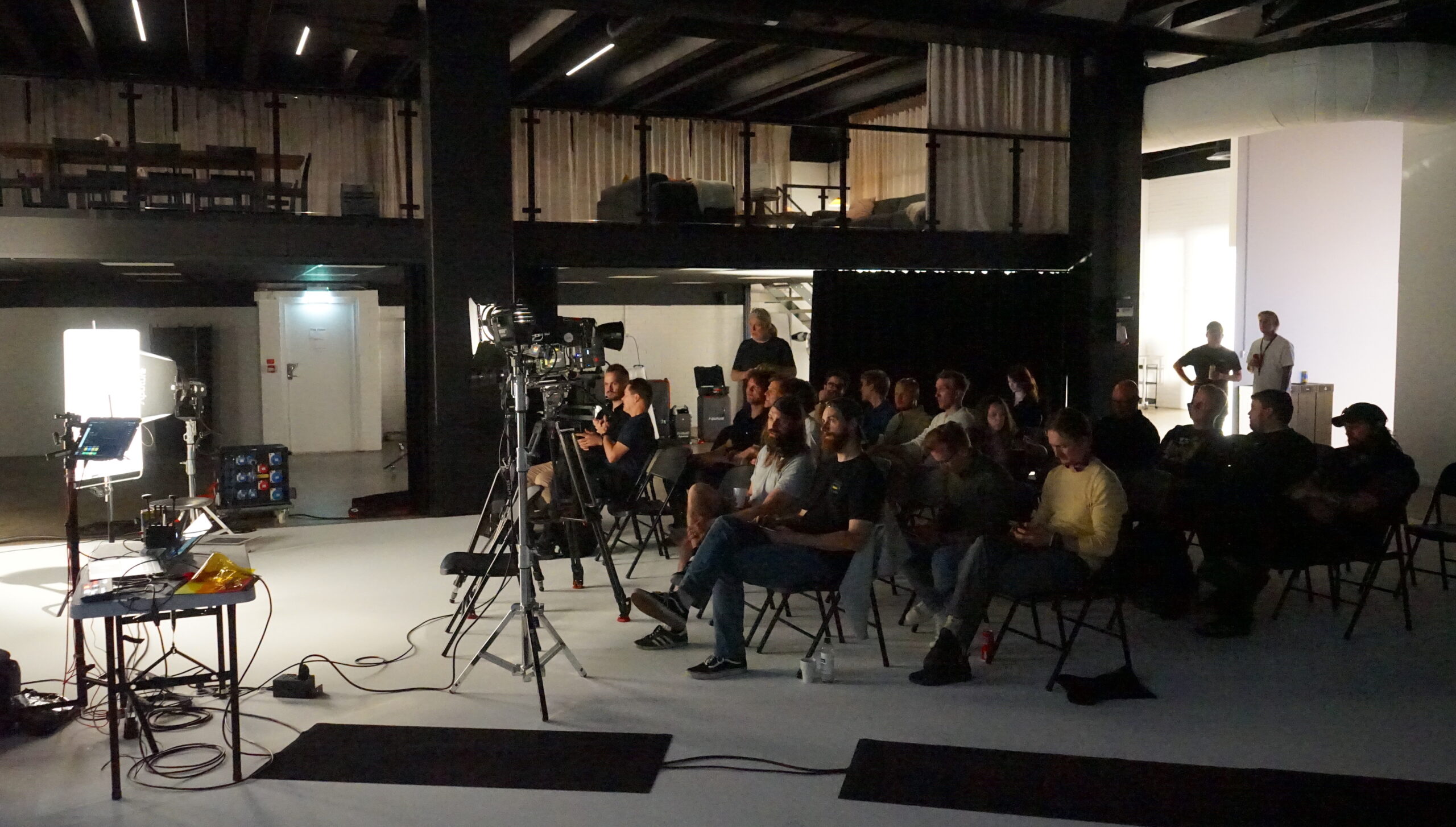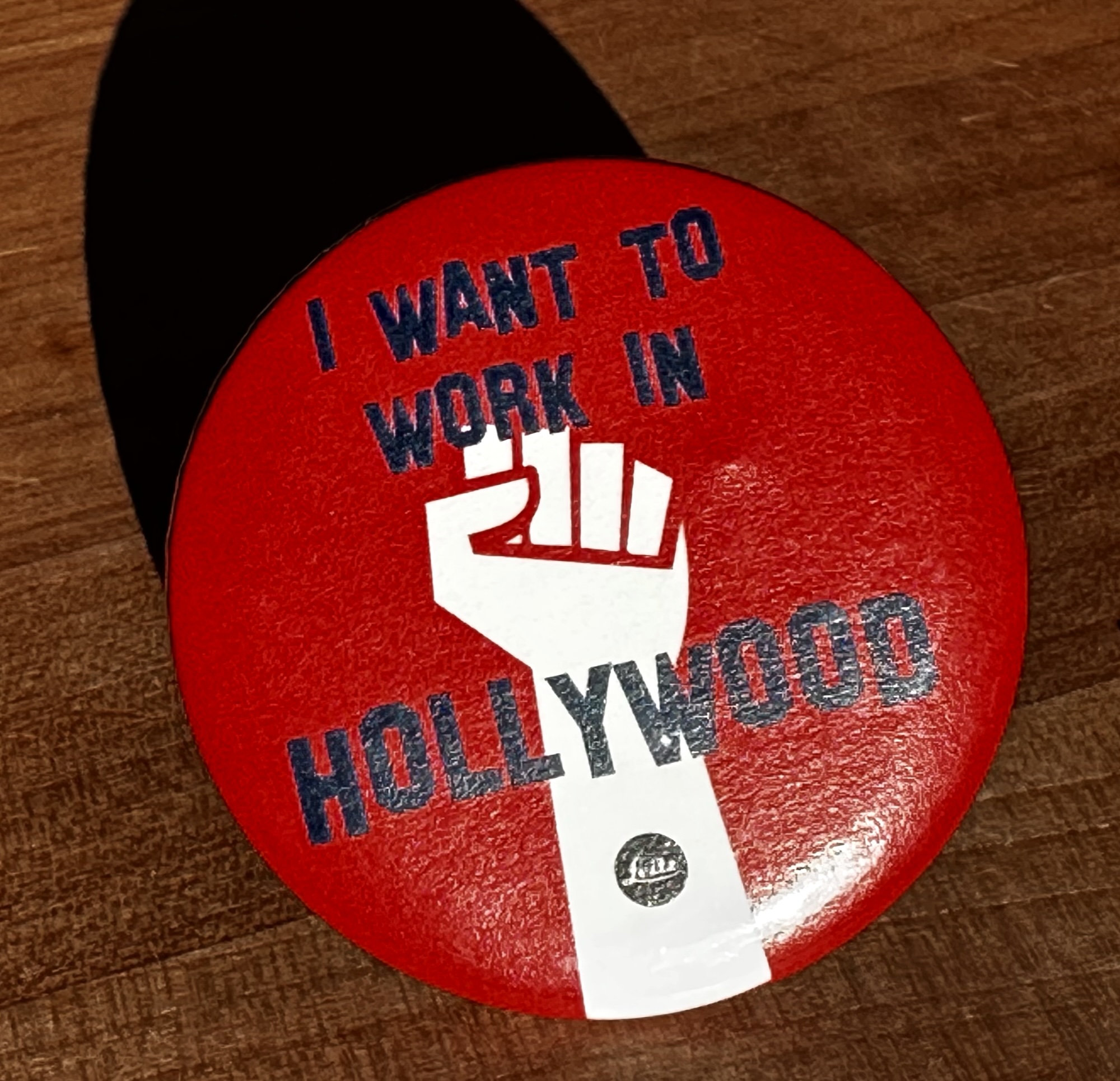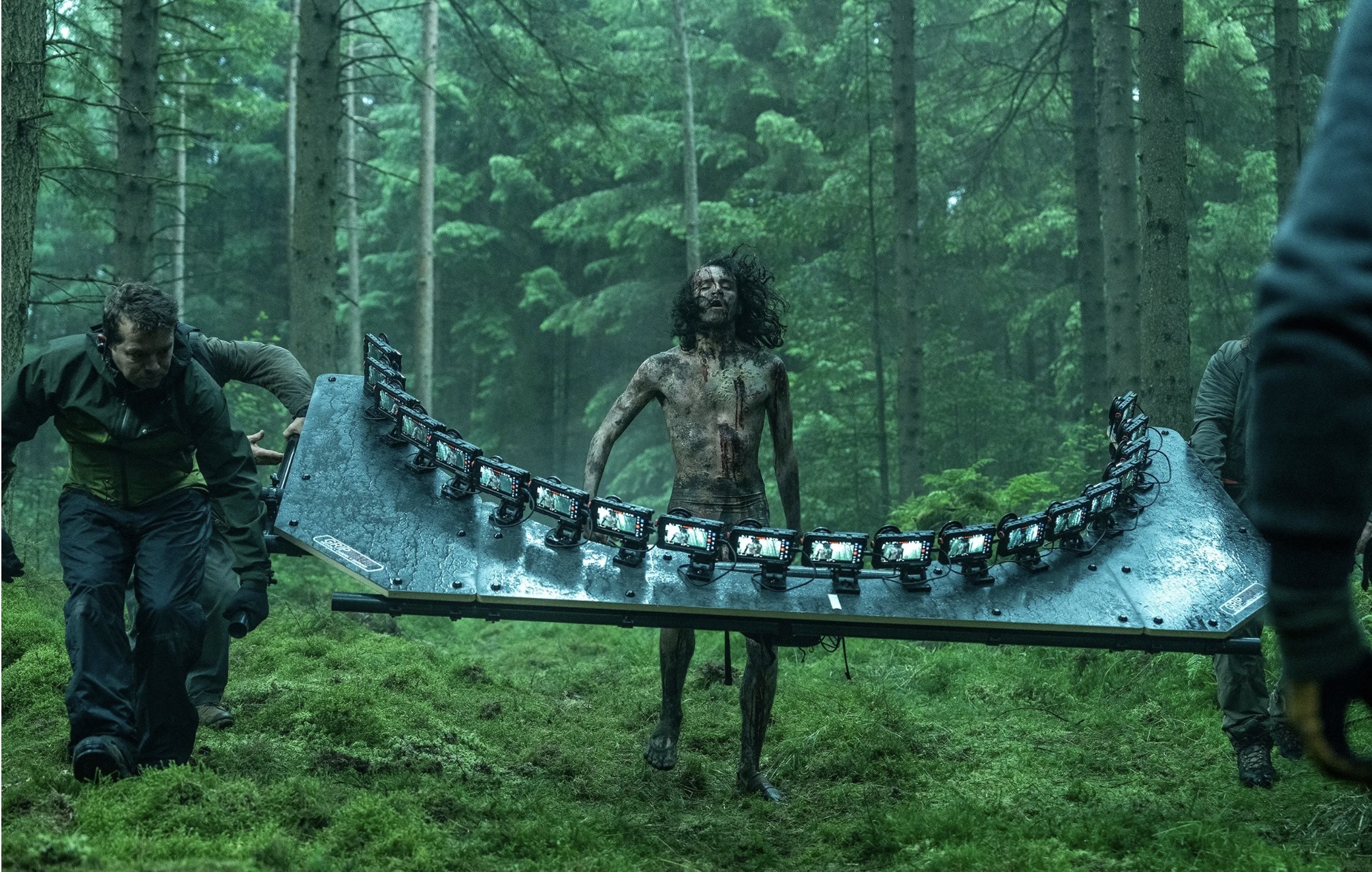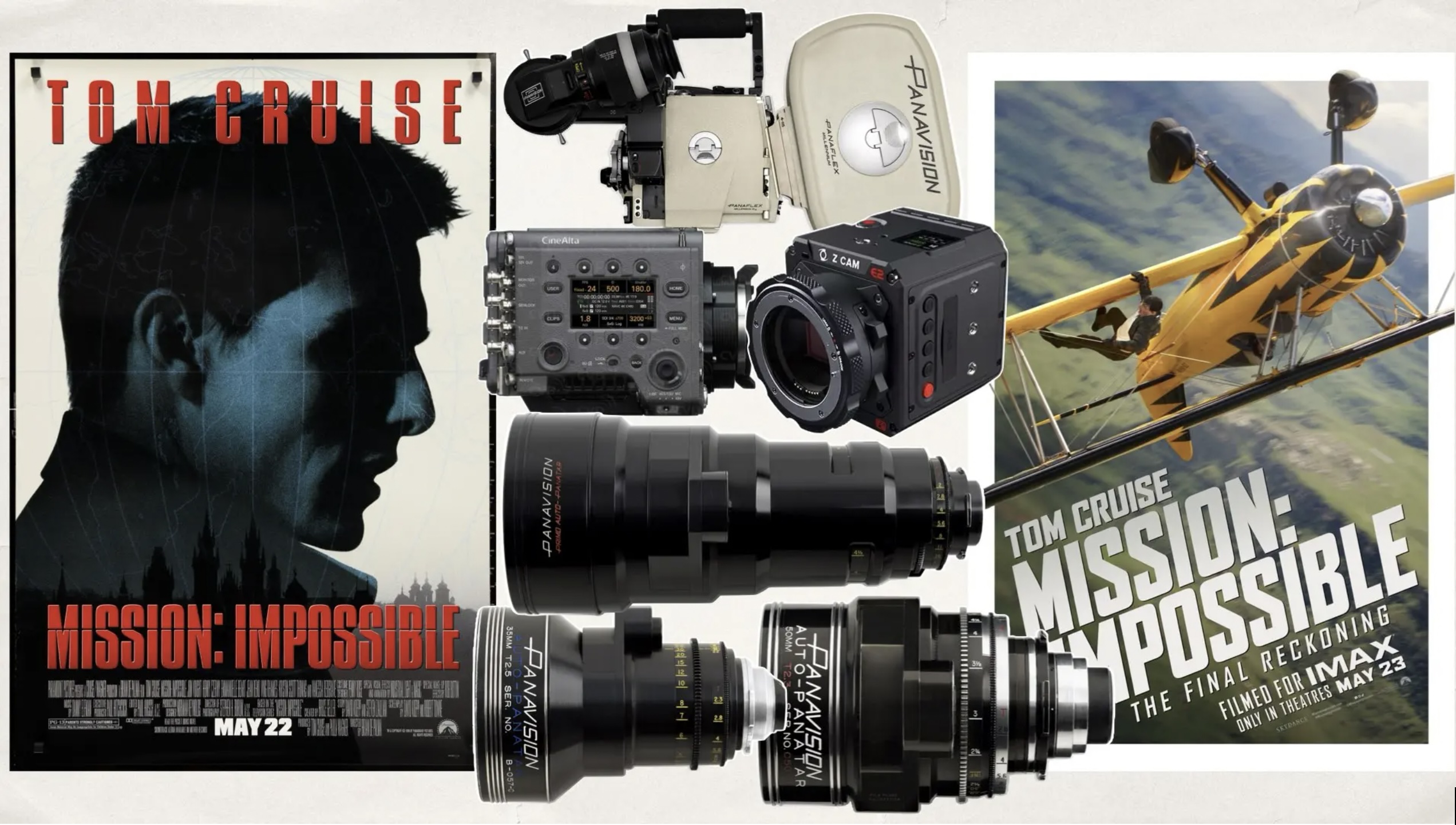Cooke Seminar in Stockholm
Monday 7th of October Camera Nordic AB in Stockholm had illustrious guests: Les Zellan and Carey Duffy from Cooke Optics were in town, to hold a seminar on Cooke lenses and the Cooke legacy. This visit is actually the first leg of a one week tour of Scandinavia, and their next stop will be Copenhagen.
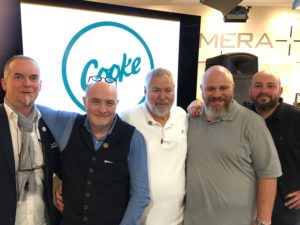
Group-hug. From left to right Stefan Sjönvall, Carey Duffy, Les Zellan, Steve Calavitis and Fredrik Loreby.
A dedicated crowd had gathered in the Camera Nordic facilities on Västmannagatan in Stockholm to listen as Les Zellan, Chairman of Cooke Optics ltd, gave an in-depth presentation of the company, its history and milestone lenses introduced over the years.
I was fortunate to be in that audience, and in hindsight ask myself ”Now how does one write a short, snappy article on a subject like this?” The answer is, it’s a real challenge! The sheer amount of fascinating information that’s shared during this seminar is overwhelming, and to keep the text to a manageable size, you really have to stick to just a few highlights.
Les opens by explaining why it occurred to him there really was a need for this sort of seminar. ”I kept hearing the same remark,” he muses, ”that to buy a Cooke lens is so expensive. That’s why I came up with the idea of explaining and showing in some detail how lenses are made -from the Cooke point of view, naturally.”
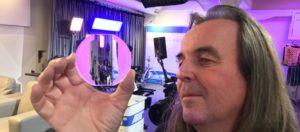
Pelle Mellqvist from CAMERATEN was there. Here studying an anamorphic lens element, some of the very hardest optical elements to manufacture correctly.
And listening to the seminar it quickly becomes evident we’re talking about a venerable company with a 100+ year legacy of quality products behind it. The selection, grinding and polishing of the various lens surfaces is explained at length. The modestly curved elements can be polished as many as 30 at a time, while the aggressively curved ones need to be polished one by one, which of course means a premium time-wise. In fact, a single lens element can have a value as high as over 1000 €, and it’s only part of all the precision material you need to assemble a high-end cine lens.
”The industry gave us the slogan ”the Cooke look”, we didn’t come up with it,” Les offers, and continues by elaborating on how there’s a consensus in the film business that Cooke glass has it’s own distinct flavour. And since this sentiment exists it became a no-brainer for the people at Cooke to take full advantage of it, and actually cater to it.
Les also makes a point of the fact that in many respects visually we really haven’t moved forward all that much in the last 60 to 80 years! Good prints or 4K scans of Gone with the wind (1939), Black Narcissus (1947) or The Sound of Music (1965) look mindblowingly good, and they were shot over half a century ago! It’s not necessarily about resolution or color depth, but rather about composition -it’s about the pictures!
Rounding off the lecture, Les Zellan is met with well-deserved applause, and after that it’s time for beer, snacks, mingling and networking. In fact, some of us eventually wound up in a restaurant just around the block.
After the seminar I had a chat with Carey Duffy, who is Director of European sales for Cooke. Carey feels there are definitely some misconceptions out there, especially on issues dealing with lenses. And concerning Cooke lenses in particular, Carey finds that there’s a substantial amount of downright misinformation floating around.
Sometimes Carey runs into people who express skepticism towards the Cooke seminar and think it’s merely a sales pitch, when in fact it’s more educational in nature. Since he keeps hearing a lot of this downright misinformation about topics that can easily be verified, Carey feels the seminar is important to ”set the record straight” so to speak. An example in point; ”The Sound of Music” was shot with Cooke glass!
And Les and Carey don’t really have to do a ”sales pitch” -the people and the companies with the resources and the intent to buy Cooke glass are out there. It all comes down to: ”are these the right lenses for your project?” And chances are, more often than not, they are.
Lars Pettersson FSF
